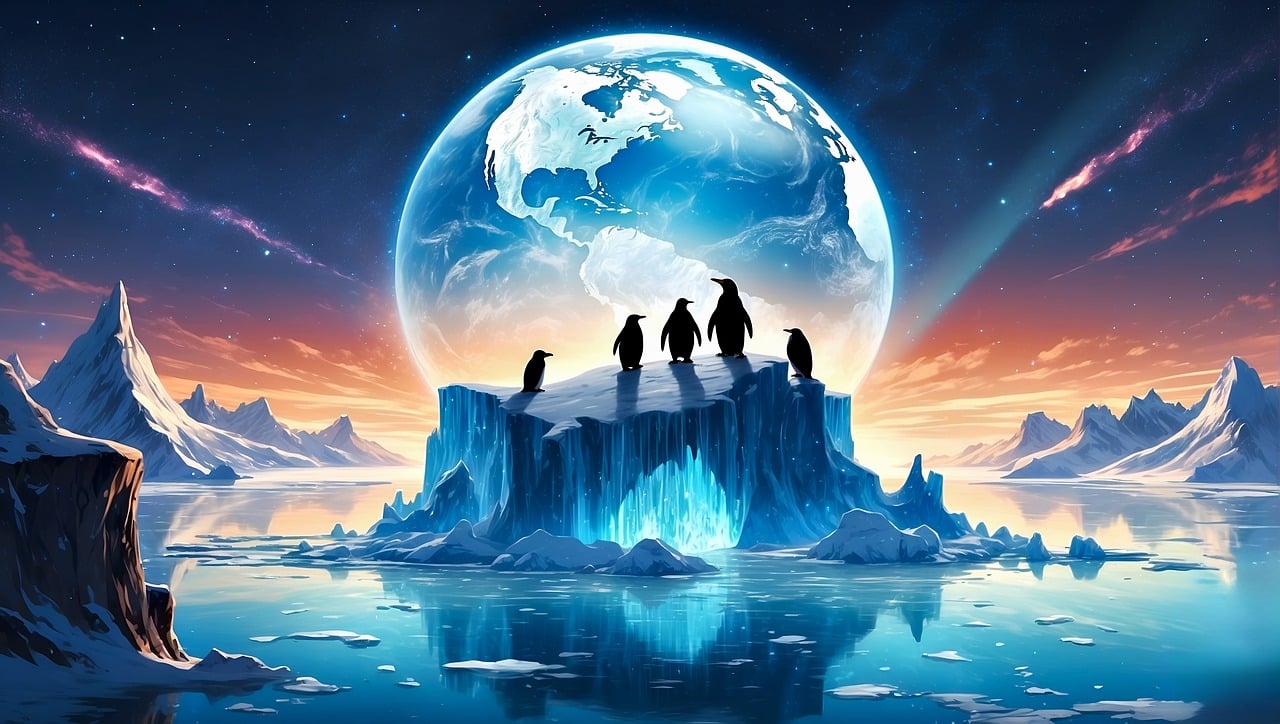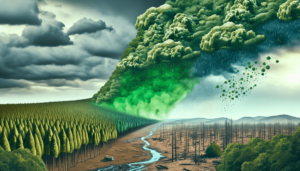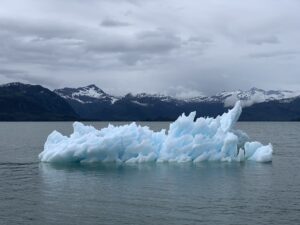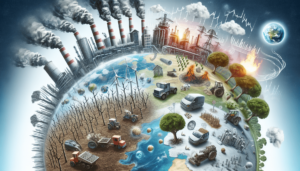Climate change is an issue that affects not only our planet, but also the delicate balance of the environment. In recent years, there has been growing concern about the impacts of climate change on various ecosystems and species. From rising temperatures and extreme weather events to melting ice caps and shifting habitats, the effects of climate change are far-reaching and undeniable. In this article, we will explore the consequences of climate change on the environment and delve into the importance of taking action to mitigate its effects.
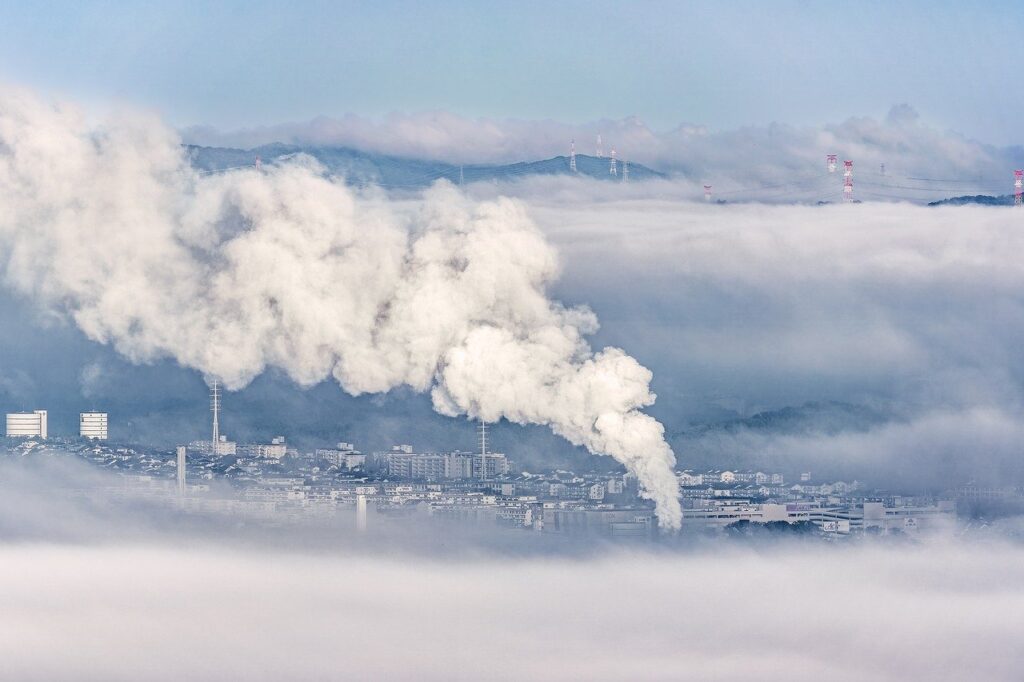
Rising Temperatures
Increased heatwaves
As temperatures continue to rise due to climate change, we are experiencing an increase in the frequency and intensity of heatwaves. These prolonged periods of extreme heat can have detrimental effects on both humans and the environment. Heatwaves can lead to heat exhaustion, heatstroke, and even death, particularly among vulnerable populations such as the elderly, children, and those with pre-existing health conditions. Additionally, high temperatures can result in a higher demand for electricity as people rely heavily on air conditioning, putting strain on power grids and potentially leading to blackouts.
Melting glaciers and ice caps
One of the most visible consequences of rising temperatures is the melting of glaciers and ice caps. These vast frozen bodies of water and their associated ecosystems are critical for regulating global climate patterns and providing fresh water sources for communities around the world. As glaciers and ice caps melt, the water they release contributes to rising sea levels, which in turn leads to coastal erosion and flooding. Moreover, the loss of these icy habitats impacts biodiversity, as many species rely on them for their survival and reproduction.
What Are The Effects Of Climate Change On The Environment?
Changes in precipitation patterns
Climate change also disrupts traditional precipitation patterns, causing alterations in rainfall distribution and intensity. Some regions may experience increased rainfall and flooding, leading to property damage, infrastructure failures, and the displacement of communities. Conversely, other areas may see prolonged periods of drought, resulting in water scarcity, crop failures, and increased risk of wildfires. These changes in precipitation patterns can have far-reaching impacts on agriculture, ecosystems, and human well-being, highlighting the need for adaptive measures and sustainable water management strategies.
Sea Level Rise
Coastal erosion and flooding
The rise in global temperatures has caused the polar ice caps and glaciers to melt, resulting in a significant increase in sea levels. This phenomenon poses a serious threat to coastal regions and low-lying islands, as they are more susceptible to erosion and flooding. Coastal erosion occurs as the force of the rising sea gradually wears away the land, destroying beaches, cliffs, and coastal ecosystems. In turn, this leads to the loss of crucial habitats, such as coral reefs and mangroves, which provide protection against storms and support diverse marine life.
Displacement of coastal communities
Sea-level rise also poses a profound threat to coastal communities worldwide, as it increases the risk of displacement and exacerbates existing social and economic inequalities. Many population centers, including cities and towns, are located along coastlines, making them vulnerable to flooding and storm surges. As sea levels continue to rise, these communities will face difficult decisions regarding relocation, infrastructure adaptation, and the preservation of cultural and historical sites. The displacement of coastal communities also raises concerns about social justice, as marginalized populations are often disproportionately affected by the impacts of climate change.
Saltwater intrusion in freshwater sources
Another consequence of sea-level rise is the intrusion of saltwater into freshwater sources, such as underground aquifers and river deltas. This can have severe implications for both human populations and ecosystems that rely on freshwater for drinking, agriculture, and biodiversity. As saltwater infiltrates these freshwater sources, it contaminates them, rendering them unsuitable for human consumption and agricultural use. This can lead to increased dependence on desalination technologies, which are expensive and energy-intensive. Furthermore, the loss of freshwater habitats can disrupt delicate ecological balances, endangering species that depend on these resources for survival.
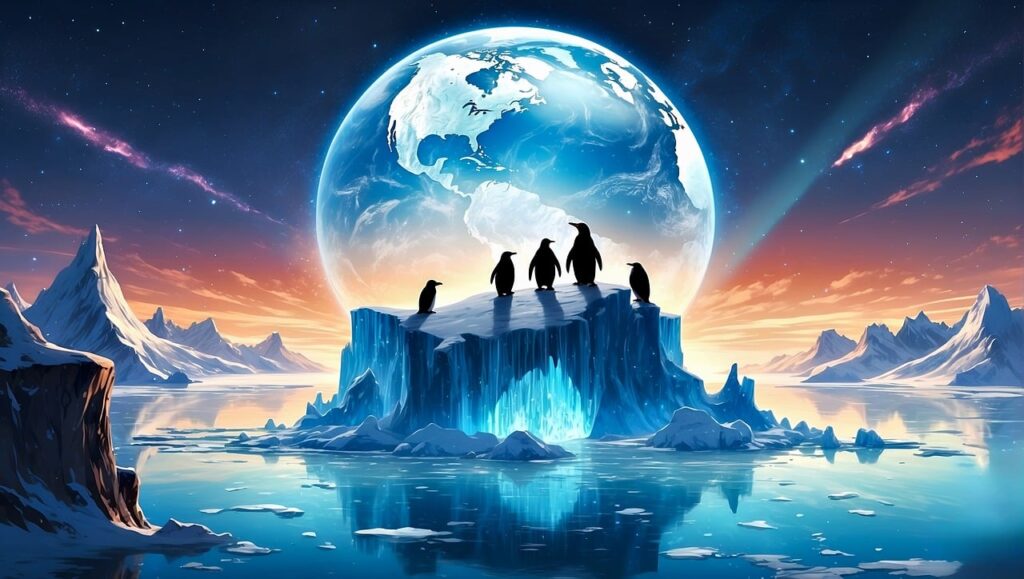
Extreme Weather Events
Intensification of hurricanes and cyclones
As global temperatures continue to rise, the intensity and frequency of hurricanes and cyclones are expected to increase. Warmer ocean temperatures provide the energy needed for these storms to form and strengthen. The impacts of these extreme weather events are devastating, with high winds, heavy rainfall, and storm surges causing widespread destruction and loss of life. Coastal communities are especially vulnerable to these events, as they face increased risk of flooding, infrastructure damage, and displacement.
Increased frequency of droughts and wildfires
Climate change also contributes to the increased frequency and severity of droughts, which can have serious implications for agriculture, ecosystems, and human populations. Droughts result in reduced soil moisture, water shortages, and decreased crop yields, threatening food security in many regions. Moreover, dry conditions create a favorable environment for wildfires to ignite and spread rapidly, putting lives, homes, and wildlife at risk. These destructive wildfires release large amounts of carbon dioxide, further exacerbating climate change.
More intense rainfall and flooding
While some regions experience droughts, others face the consequence of increased rainfall and subsequent flooding resulting from climate change. Warmer air holds more moisture, leading to more intense rainfall and an increased risk of flash floods. Flash floods can cause significant damage to infrastructure, disrupt transportation systems, and contaminate water supplies with pollutants or waste. Flooding can also displace communities, destroy homes, and result in loss of life. The economic and social impacts of intense rainfall and flooding are substantial and require proactive measures to minimize the risks.
Loss of Biodiversity
Species extinction and endangerment
The loss of biodiversity is one of the gravest consequences of climate change. As habitats shift and weather patterns become unpredictable, many plant and animal species struggle to adapt and survive. Climate change acts as a catalyst for the destruction of habitats and ecosystems, leading to an increase in the extinction and endangerment of species. This loss of biodiversity has profound implications for the intricate balance of ecosystems and can disrupt the services they provide, such as pollination, water purification, and nutrient cycling.
Disruption of ecosystems and food chains
The disruption of ecosystems due to climate change can have cascading effects throughout the food chain, impacting both flora and fauna. For instance, rising temperatures can cause coral bleaching, leading to the death of vital coral reef ecosystems. This, in turn, affects the diverse marine life that relies on reefs for shelter, breeding, and feeding grounds. Similarly, changes in the timing of seasonal events, such as the blooming of flowers or the arrival of migratory birds, can disrupt the delicate interactions within ecosystems, hindering pollination and seed dispersal processes.
Loss of natural habitats
Climate change is causing a loss of natural habitats at an alarming rate. Rising temperatures, changes in rainfall patterns, and sea-level rise all contribute to the degradation and destruction of these crucial landscapes. Forests, wetlands, and grasslands are particularly vulnerable to these changes, jeopardizing countless plant and animal species that depend on these habitats for survival. The loss of natural habitats not only leads to the decline of biodiversity but also reduces the ability of ecosystems to provide essential services such as carbon storage, water filtration, and flood control.
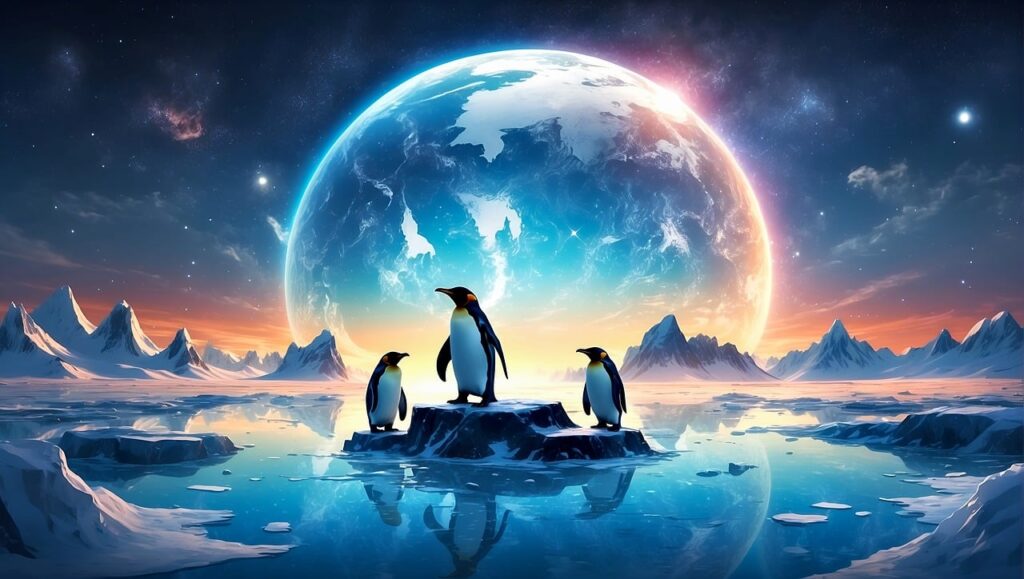
Ocean Acidification
Negative impact on marine life
Ocean acidification, a consequence of climate change, occurs as the oceans absorb increased carbon dioxide from the atmosphere. This process leads to a decrease in the pH of the seawater, making it more acidic. Marine life, including shellfish, coral reefs, and plankton, is sensitive to changes in acidity levels. Acidic waters can hinder the growth, reproduction, and survival of these organisms, jeopardizing entire marine ecosystems. Furthermore, acidification can disrupt the food web, as many species rely on shellfish and other marine organisms as a primary food source.
Coral bleaching and destruction
One of the most visible impacts of ocean acidification is the bleaching and destruction of coral reefs. Coral reefs are not only a breathtaking underwater paradise but also crucial habitats for countless marine species. As the oceans become more acidic, the coral’s calcium carbonate skeletons dissolve, leaving behind a bleached, weakened, and susceptible structure. This bleaching not only affects biodiversity but also diminishes the natural coastal protection provided by coral reefs, increasing the vulnerability of coastal communities to storms and erosion.
Reduced shell and skeleton formation in shellfish
Ocean acidification poses a significant threat to shellfish, such as oysters, clams, and mussels, as it impairs their ability to form protective shells. These shell-forming organisms rely on calcium carbonate to create their shells, which becomes increasingly difficult as the waters become more acidic. Weakened shells make shellfish more susceptible to predation and environmental stressors, threatening their populations and the vital ecological roles they play. Additionally, the loss of shellfish can have socioeconomic impacts, as they are a valuable seafood resource and provide economic opportunities for coastal communities.
Changes in Ecosystems
Shifts in plant and animal distribution
Climate change is causing significant shifts in the distribution of plant and animal species around the world. As temperatures change and habitats become less suitable, many species are forced to migrate to more favorable environments. This can result in alterations to the composition and functioning of ecosystems, as well as potential conflicts between native and invasive species. For example, some plant species may outcompete native ones for resources, leading to a loss of biodiversity and potential ecosystem disruptions.
Changes in migration patterns
Many animal species rely on complex migration patterns to meet their environmental and reproductive needs. However, climate change is disrupting these intricate journeys. Warmer temperatures and changing seasonal patterns can cause mismatches in timing, affecting the availability of food and resources along migration routes. This can lead to reduced breeding success, population declines, and imbalances within ecosystems. Changes in migration patterns also pose challenges for conservation efforts, as protected areas may no longer provide suitable habitats or resources for migratory species.
Altered breeding and nesting behaviors
Climate change is altering the breeding and nesting behaviors of many species, leading to potential population declines or localized extinctions. Some bird species, for example, may rely on specific environmental cues, such as temperature or day length, to initiate breeding or migration. As these cues shift due to climate change, the timing and success of breeding seasons can be disrupted. This can have far-reaching consequences for ecosystems, as many species rely on these breeding events to synchronize their population dynamics and maintain the balance of prey and predator relationships.
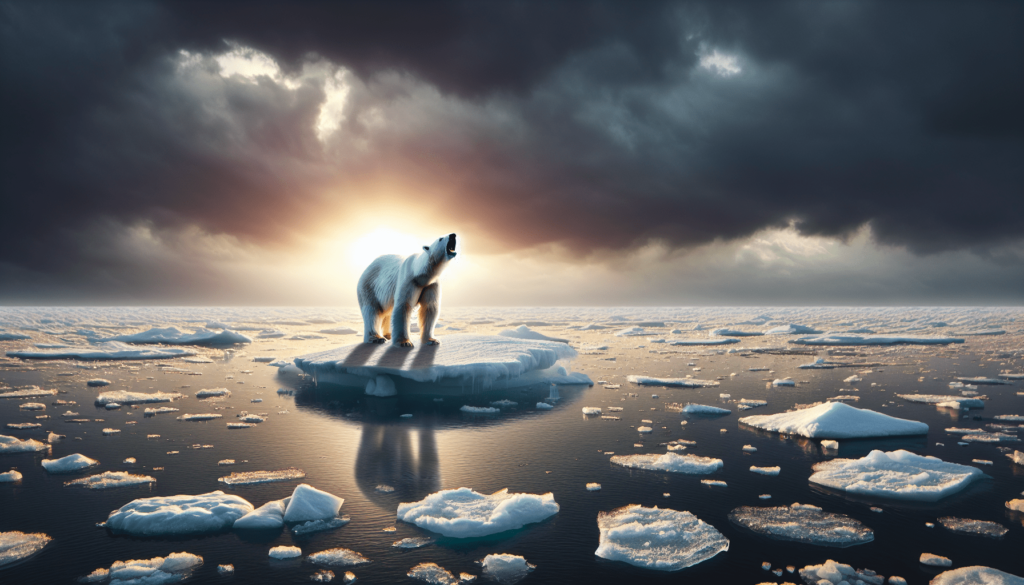
Health Impacts
Increased spread of vector-borne diseases
Climate change is directly linked to the increased spread and prevalence of vector-borne diseases, such as malaria, dengue fever, and Lyme disease. Warmer temperatures and changing precipitation patterns create favorable conditions for disease-carrying vectors, including mosquitoes, ticks, and fleas, to thrive and expand their geographic range. As these vectors move into new areas, they can transmit diseases to human populations that may have little or no immunity. This poses significant challenges for public health systems, requiring the implementation of effective vector control measures and enhanced monitoring and surveillance.
Poor air quality and respiratory issues
The burning of fossil fuels and deforestation, both contributing factors to climate change, release pollutants into the atmosphere, leading to poor air quality. These pollutants, including particulate matter, nitrogen oxides, and volatile organic compounds, can exacerbate respiratory conditions such as asthma and chronic obstructive pulmonary disease (COPD). Poor air quality can also increase the risk of cardiovascular diseases and respiratory infections. Vulnerable populations, such as children, the elderly, and individuals with pre-existing respiratory conditions, are particularly susceptible to these health impacts.
Food and water-borne illnesses
Changes in temperature and precipitation patterns resulting from climate change can have implications for food safety and water quality. Warmer temperatures can accelerate the growth and spread of harmful bacteria, such as Salmonella and Campylobacter, leading to an increased risk of foodborne illnesses. Likewise, heavy rainfall and flooding can contaminate water sources, compromising their safety for drinking and sanitation purposes. The combination of food and water-borne illnesses can strain healthcare systems and cause significant disruptions to communities and economies.
Impacts on Agriculture
Crop yield reductions
Climate change poses significant challenges to global food production, as changing weather patterns and extreme events affect crop yields. Rising temperatures, droughts, floods, and pests can impact crop growth, reduce yields, and compromise the nutritional value of food. Heat stress can decrease crop productivity and decrease the availability of water for irrigation. Additionally, changing climatic conditions can disrupt the timing of planting, flowering, and harvesting, affecting the overall productivity and profitability of agricultural systems. These impacts on agriculture have far-reaching consequences for food security, livelihoods, and economic stability.
Increased pest and weed infestations
As temperatures rise and precipitation patterns change, agricultural systems become more susceptible to pest and weed infestations. Warmer temperatures can increase the reproductive rates and survival of pests, such as insects and rodents, as well as the duration of their active seasons. Changes in rainfall patterns can favor the growth and spread of weed species, leading to increased competition with crops for resources. Pests and weeds can reduce crop yields, increase the need for chemical pesticides and herbicides, and impact the quality of agricultural products.
Soil degradation and desertification
Climate change contributes to the degradation of soil quality and the desertification of once fertile lands. Intense rainfall events can lead to soil erosion, washing away fertile topsoil and nutrients. At the same time, prolonged droughts can cause soil moisture levels to decline, leading to increased soil salinity and reduced soil fertility. These conditions make it increasingly difficult to grow crops and can lead to the conversion of agricultural lands into arid, desert-like environments. Soil degradation and desertification have severe implications for food production, land degradation, and the loss of biodiversity.
Economic Consequences
Damage to infrastructure
The increasing frequency and severity of extreme weather events, as well as rising sea levels, can cause significant damage to infrastructure. Coastal infrastructure, such as roads, bridges, ports, and airports, are particularly vulnerable to erosion and flooding. Inland, heavy rainfall and storms can result in landslides, damaged roads, and disrupted transportation networks. The cost of repairing and rebuilding infrastructure can be substantial, putting strain on public budgets and hindering economic development. Moreover, damage to critical infrastructure can disrupt essential services, such as water and power supply, healthcare systems, and communication networks.
Loss of tourism revenue
Climate change poses a threat to the tourism industry, which relies heavily on natural landscapes, outdoor activities, and coastal attractions. Rising temperatures, sea-level rise, and the loss of natural habitats can degrade the appeal and accessibility of tourist destinations. Coral bleaching, for example, can diminish the beauty and biodiversity of marine ecosystems, reducing the attraction for snorkeling and diving tourism. Similarly, increased frequency of extreme weather events can disrupt travel plans, necessitate evacuations, and cause reputational damage to destinations. The loss of tourism revenue can have significant economic consequences for communities that rely on this industry for employment and economic growth.
Increased costs for disaster management and adaptation
As the frequency and intensity of extreme weather events continue to rise, governments and communities are faced with increased costs for disaster management, recovery, and adaptation measures. These costs include emergency response and relief efforts, reconstruction of damaged infrastructure, and the implementation of climate resilience strategies. The financial burden of these expenses can divert resources from other essential sectors, such as healthcare, education, and social welfare. Furthermore, the need for ongoing investment in adaptation measures, such as sea walls and coastal protection, can strain public budgets and hinder sustainable development efforts.
Social and Political Challenges
Displacement of communities
The impacts of climate change, including rising sea levels, extreme weather events, and degraded ecosystems, are leading to the displacement of communities worldwide. As homes become uninhabitable due to flooding, erosion, or loss of agricultural productivity, populations are forced to relocate. This can result in social, cultural, and economic disruptions, as communities are uprooted from their traditional lands and face challenges in integrating into new areas. The displacement of communities also raises ethical and humanitarian concerns, particularly for vulnerable populations who may face unequal access to resources, services, and opportunities.
Conflict over resources
Climate change can exacerbate existing resource conflicts and create new ones. As water availability decreases and competition for limited resources intensifies, tensions can arise between different communities, regions, or even nations. Disputes over shared water sources, agricultural land, or migration routes can lead to social unrest, political instability, and, in extreme cases, violent conflict. The increasing scarcity of resources driven by climate change highlights the urgency of sustainable resource management and international cooperation to prevent and resolve conflicts.
Migration and refugee crises
Climate change is predicted to be a significant driver of human migration and refugee crises in the coming years. Rising temperatures, sea-level rise, extreme weather events, and ecological disruptions can render regions uninhabitable, forcing people to move in search of safer and more sustainable livelihoods. These climate-induced migrations can strain social and economic systems, disrupt cultural identities, and exacerbate existing social inequalities. It is crucial for communities, governments, and international organizations to develop proactive strategies to support climate migrants and address the complex challenges associated with climate-induced displacement.
In conclusion, the effects of climate change on the environment are significant and wide-ranging. Rising temperatures contribute to increased heatwaves, melting glaciers, and changes in precipitation patterns, which in turn impact human health, ecosystems, and agriculture. Sea-level rise leads to coastal erosion, the displacement of coastal communities, and saltwater intrusion in freshwater sources. More frequent extreme weather events, such as hurricanes and wildfires, can cause substantial damage to infrastructure and ecosystems. The loss of biodiversity, ocean acidification, and changes in ecosystems further highlight the urgency of addressing climate change. These environmental consequences have profound social, economic, and political implications, including the displacement of communities, conflicts over resources, and migration challenges. Taking action to mitigate and adapt to climate change is essential to protect the environment, preserve biodiversity, and ensure a sustainable future for our planet and future generations.

